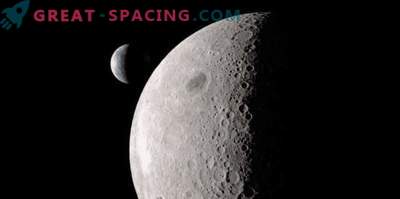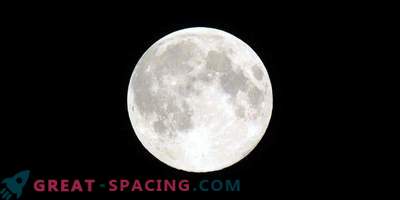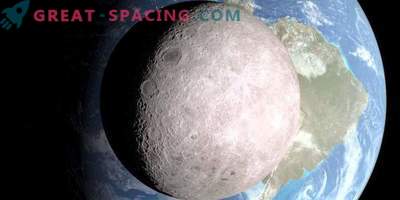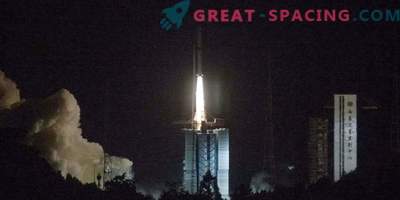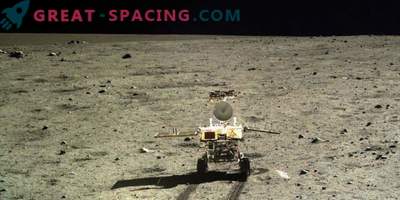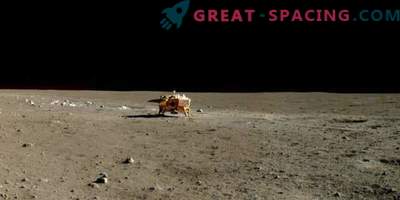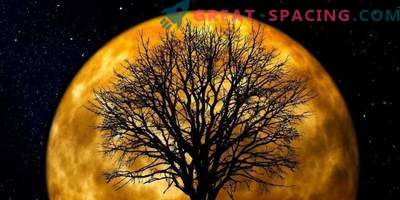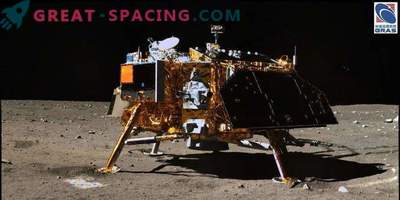
On January 7, 2019, Chinese scientists sent a photo of a cotton sprout that appeared in the container of the Chang'e-4 spacecraft on the far side of the moon.
The moon lost its life again. On January 16, researchers reported that the cotton shoots that had broken through in the container of the Chinese spacecraft Chang'e-4 on the far side of the moon had died. The reason was the cold and long moonlit night.
These pioneers of space photosynthesis were part of a Chinese experiment involving the seeds of potatoes, rapeseed, and rezuhovidka Tal, as well as eggs of fruit flies. These organisms were placed in a 2.6-pound container, which, along with Chang'e-4, was placed on the dark side of the Earth’s satellite on January 2.
The experiment began a few hours after the historic landing of the Chinese apparatus into the crater Pocket on the far side of the moon. Scientists wanted to check whether plants and organisms can survive and grow in a foreign environment. The lunar surface is characterized by low gravity, high levels of radiation and extreme temperature fluctuations.
Cotton seeds managed to cope with problems at the initial stage, therefore they became the first plants that appeared on the surface of another world. Unfortunately, the container is deprived of the heating system, so the onset of the lunar cold night led to the death of the sprouts. The temperature inside the container dropped to -52 ° C, and the experiment ended after 212.75 hours. Until the end of January, the dead plants will rot. But the container was created as a closed system, so decaying materials will not be on the surface of the moon.
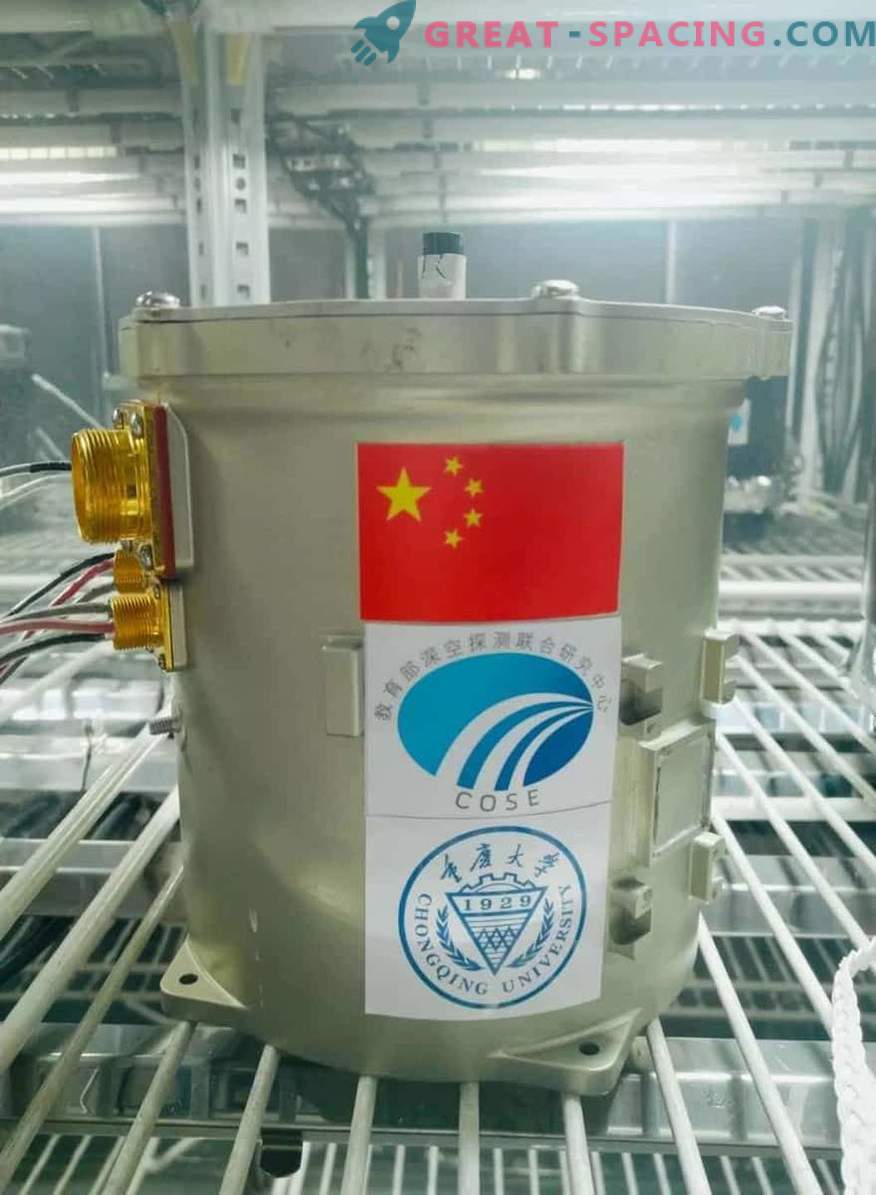
Image of a biological experiment canister, which is now located on the opposite side of the moon aboard the Chinese spacecraft Chang'e-4
Of course, Chinese scientists were proud of the potential of a biological experiment, but this is not the main task. The mini-biosphere appeared only as a result of a competition among students, announced in 2015. They had to decide what the payload would be for the device.
Now the probe and the lunar rover of the Chang'e-4 mission are collecting detailed data on the surface of the Moon near the crater Karman. Information is transmitted to Earth via satellite Queqiao, which was placed in May 2018 in a gravitationally stable location.
China intends to create a lunar base, so as early as 2007 and 2010, two satellites were launched, and in December 2013, the Chun-3 lunar rover appeared on the near side of the moon. If everything goes according to plan, then in 2019, the Chang'e-5 mission will begin, which will deliver samples from the dark side of the moon to Earth.
